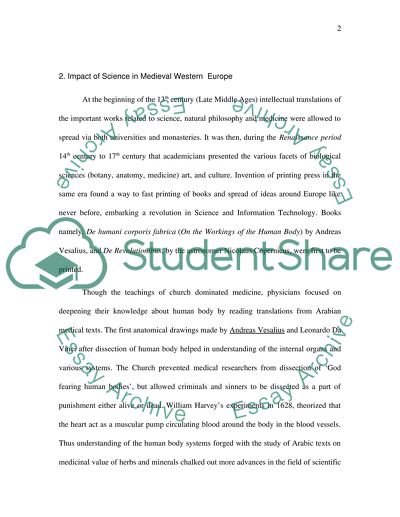Cite this document
(“Development of European Science and Medicine Research Paper”, n.d.)
Retrieved from https://studentshare.org/family-consumer-science/1416368-development-of-european-science-and-medicine
Retrieved from https://studentshare.org/family-consumer-science/1416368-development-of-european-science-and-medicine
(Development of European Science and Medicine Research Paper)
https://studentshare.org/family-consumer-science/1416368-development-of-european-science-and-medicine.
https://studentshare.org/family-consumer-science/1416368-development-of-european-science-and-medicine.
“Development of European Science and Medicine Research Paper”, n.d. https://studentshare.org/family-consumer-science/1416368-development-of-european-science-and-medicine.


